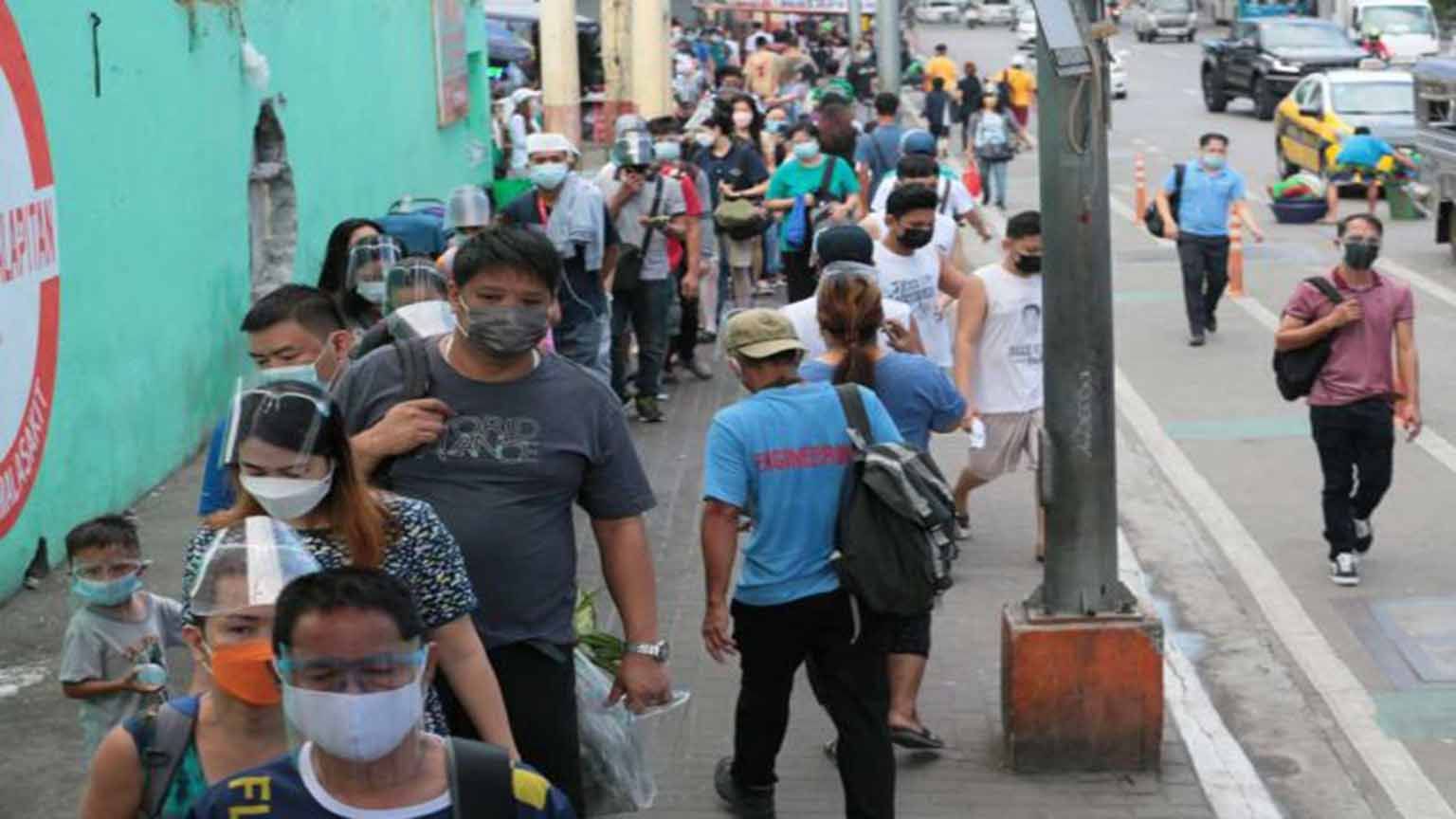Although there was a slight dip in January’s employment data, this was traced to higher mobility curbs especially the coercive no-vax, no ride policy imposed by government. But year on year, the labor picture improved from 10.7 million unemployed in 2020 to 3.7 million in 2021.
From 4.5 million jobless Filipinos in 2020, those unemployed in 2021 dropped to 3.7 million, or from 10.4 percent to 7.8 percent year on year because of increased business activity and more relaxed mobility curbs.
But month on month, the jobless rate rose slightly in December to 6.6 percent, compared with 6.5 percent in November. In absolute terms, the number of unemployed Filipinos increased by 113,000 to 3.272 million in December, from 3.159 million in November.
National Statistician Claire Dennis S. Mapa said at a press briefing on Thursday this was still higher compared with the 5.1 percent unemployment rate or about 2.26 million jobless Filipinos in 2019.
“However, this was more than offset by the larger increase in the labor force participation rate, which improved to 65.1 percent from 64.2 percent,” the National Economic and Development Authority (NEDA) said in a statement.
This was the highest labor force participation rate since the monthly Labor Force Survey began in 2021 and the 64.2 percent in April 2014, using the quarterly survey.
Around 910,000 Filipinos entered the labor force in December, bringing the total labor force size to 49.546 million.
Employed Filipinos rose month on month by 797,000 to 46.274 million in December. Employment rate stood at 93.4 percent that month, slightly lower than 93.5 percent seen in November.
“This brings net employment creation to 3.7 million above pre-pandemic levels,” NEDA said.
Job quality improves
Meanwhile, the quality of available jobs likely improved as the underemployment rate fell to 14.7 percent in December from the four-month high of 16.7 percent in November. This translated to 6.811 million employed Filipinos looking for additional work or longer working hours, down by 806,000 from 7.617 million in November, Business World reported.
This brought the underemployment rate to 15.9 percent in 2021, an improvement from 16.4 percent in 2020 but higher still than the 13.8 percent in 2019.
This meant that about 7 million employed Filipinos last year are looking for additional work and longer working hours. However, this was more than the 6.4 million and 5.8 million estimated in 2020 and 2019, respectively.
A Filipino worker logged an average of 39.7 hours per week in December, higher than 39.6 hours in November.
Services sector accounted for 56.6 percent of total employment, lower than the 58.1 percent share in November. Meanwhile, agriculture and industry’s share increased to 25.6 percent (from 24.5 percent) and 17.8 percent (from 17.4 percent), respectively.
The NEDA said that the net jobs created in December signal that the economy is on the right track to recovery.
“By accelerating the vaccination program and safely reopening more sectors of the economy, we were able to generate more and better jobs for the people,” NEDA Director-General and Socioeconomic Planning Secretary Karl Kendrick T. Chua stated.
“We look forward to building on these gains in 2022 now that we have contained the spread of Omicron and have reverted back to Alert Level 2 in the National Capital Region and several provinces,” Chua said.
Virus containment and better growth prospects coaxed workers to seek out opportunities, especially with the increased business activity during the holidays, ING Bank N.V. Manila Branch Senior Economist Nicholas Antonio T. Mapa said.
“The increase in net jobs created reminds us of the positive impact of virus containment and reopening,” Mapa said.
Unvaccinated
Meanwhile, Trade Union Congress of the Philippines Spokesperson Alan A. Tanjusay said the uptick in unemployment in December was due to tighter mobility curbs on the unvaccinated population.
“The coercive ‘no vaccine, no ride’ policy, and restrictive and prohibitive ‘no vaccine, no entry,’ and ‘no vaccine, no work’ policies and the cost of testing on workers also contributed largely to the joblessness in the labor market,” Tanjusay said.
Mapa is still uncertain if the economy will completely recover to pre-pandemic levels as the labor market will “likely to deteriorate” in January, reflecting the impact of Typhoon Odette and the Omicron-driven COVID-19 surge.
“Although we could very well likely see improvements in the job market as early as February, the disruption caused by Omicron and Odette may have sapped some momentum from the recovery process,” Mapa said.
Stricter mobility curbs in January
For University of the Philippines School of Labor and Industrial Relations Professor Emily Christi A. Cabegin, the stricter mobility curbs in January likely hampered employment recovery in labor-intensive industries.
“[The movement restriction] will likely lead to higher unemployment and underemployment, as well as lower labor force participation as more people are discouraged from entering the labor force or more workers who lost their jobs withdrew from the labor force altogether,”Cabegin said.
Metro Manila and surrounding provinces returned to stricter Alert Level 3 at the start of the year to combat the Omicron surge. It was reverted to Alert Level 2 in February.
Typhoon Odette (international name: Rai) swept through parts of the Visayas and Mindanao, leaving damage to agriculture and infrastructure worth P13.3 billion and P17.19 billion, respectively, in December last year.
Tags: #PSA, #NEDA, #unemploymenteases, #LFS, #underemployment, #labor
